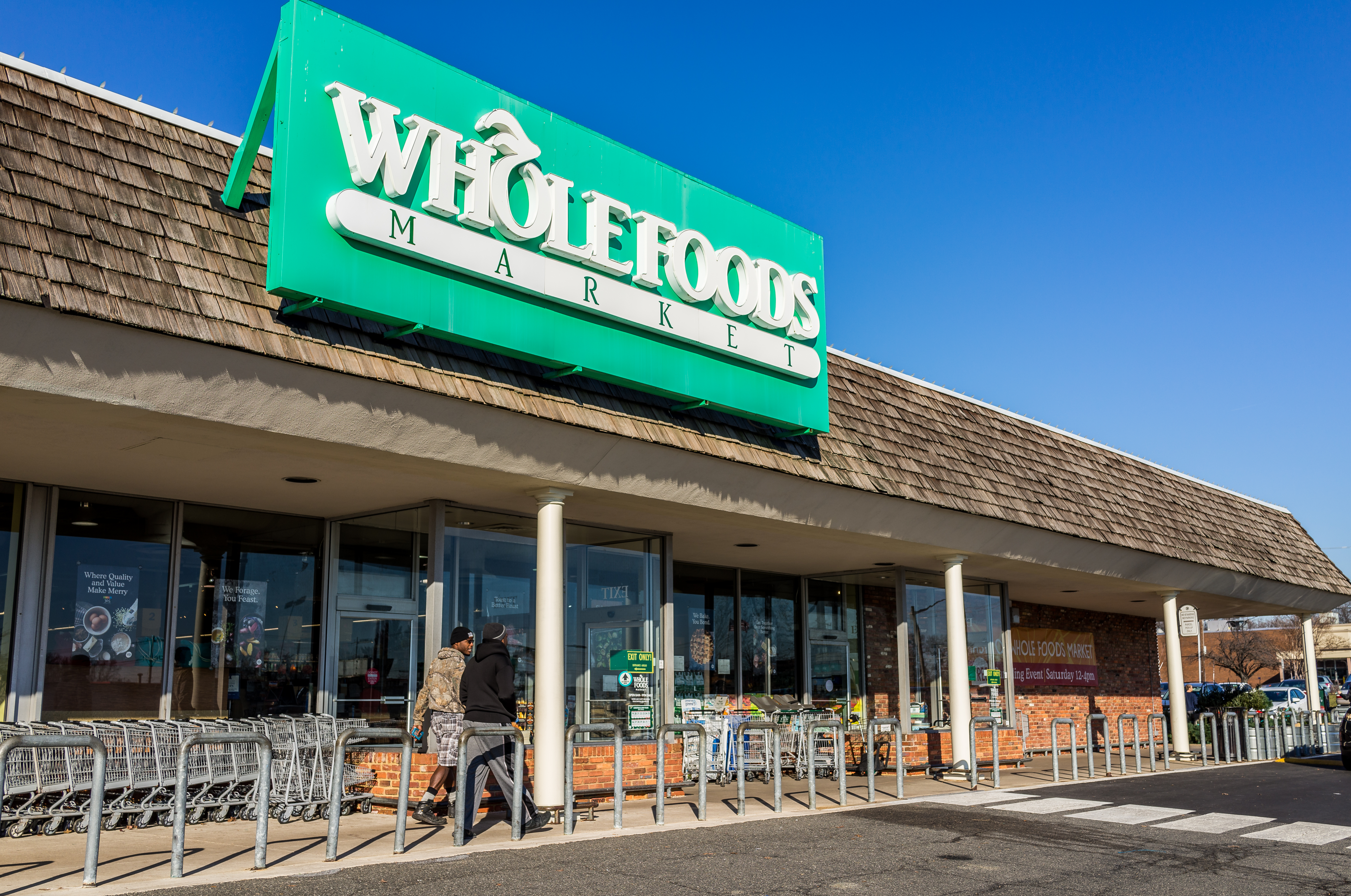How Important Is Amazon to Grocery, Really? (Part 3)

Amazon’s grocery sales increased 50% from Q2 of last year to Q2 of this year. So what has this retailer been up to that’s been driving sales in grocery before the Whole Foods-Amazon partnership happened?
For one, its speedy grocery delivery service, AmazonFresh, has been operating in a handful of metropolises in the last decade. Market research firm Field Agent recently found that AmazonFresh is executing at a highly satisfactory level to its customers. It is possible that AmazonFresh will use Whole Foods’ distribution centers and retail stores for cold storage facilities. It is also possible that Whole Foods will use AmazonFresh’s platform for store pickup. Amazon has already announced that Whole Foods goods will be available on AmazonFresh.
Amazon is also evaluating technology that allows prepared meals (beef stew and vegetable frittata, for instance) to go unrefrigerated. This technology is known as MATS, or microwave assisted thermal sterilization, and it involves microwaving sealed packages of food in pressurized water for several minutes. MATS could become an option through AmazonFresh or Whole Foods, even.
Additionally, Amazon now sells private label food products. Interestingly, as Quartz recently found, the Amazon private labels are sold with a small-brand image and little indication of Amazon’s ownership. These private brands include Mama Bear, Happy Belly, and Single Cow Burger. Now that Amazon has the inside scoop into one of grocery retail’s most prized private label brands, Whole Foods’ 365 brand, time will only tell how the retailer will continue to develop its other private brands.
Amazon is now shortening its delivery times even more by offering “Instant Pickup” points, which can now be found at five college campuses so far, including the University of California at Berkeley. Amazon plans to open up additional Instant Pickup sites. How it works is the customer orders from a range of products and is then given a code to scan and locker number from which to pick up the order. It is possible that Amazon will place such pickup spots inside Whole Foods stores, which could provide valuable insights into online and in-store merchandising.
After acquiring Whole Foods, the data giant now will have more data, will likely leverage its greater access to storage and distribution facilities, and may even launch omnichannel shopping experiences (e.g., integration of grocery store apps with in-store shopping). Amazon has dabbled in grocery for a while through its AmazonFresh service but is now firing up the competition with significantly increased investment in this sector. What Amazon lacks in grocery market share, it could make up for in data expertise, operational efficiencies, and delivery innovations.
